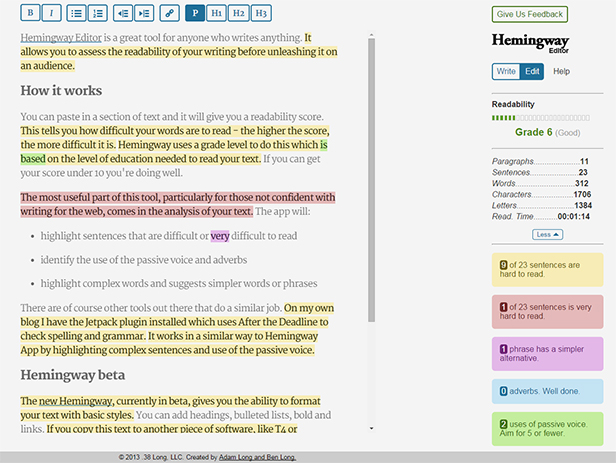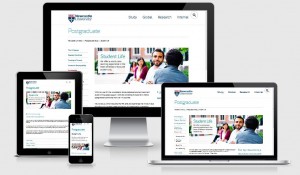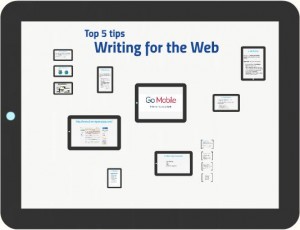When you use a search engine or the University’s on-site search (powered by Google), how often do you look at the second or third page of search results? Never, right? You usually follow links that appear high up in the results.
Search Engine Optimisation (SEO) is how you go about improving your website’s position in search results. The good news is you can do something about it right now. It’s not a technical fix and money doesn’t buy you the top spot…

It’s all about your web content.
So far, so good. But what is it that you need to do?
Write search engine optimised content
Your primary focus is writing for your user not for a search engine: if you get this right then your SEO will follow.
Use the language of your reader
Think about what terms a user might use to search for your site. Use these words in your content.
Explain acronyms or industry jargon – a new member of staff is unlikely to know that we refer to ourselves as CWD (Corporate Web Development). We’d always make sure to spell out our name or refer more conversationally to ourselves as the Web Team (as that’s how we’re known).
Identify keywords and phrases that you want to rank highly for in search results. Keep the focus narrow — competing against general terms like ‘student experience’ is unrealistic.
You can use Google analytics to find out what search terms people are using to find your site. Contact us to get access to your web analytics dashboard (University login required).
Update content regularly
When a page was last updated matters to your users and search engines. It is important that you check for, and edit or delete, out-dated content.
Our post on writing for the web gives you some further hints on how to improve your copy.
Highlight important content
Make sure the search engine can easily work out which content is most important.
You can do this by including keywords in headings (particularly your page title), making them bold and using them in hyperlink text. This means no ‘click here’ link text – unless of course you want to be top of Google for that!
All these elements get marked up in the HTML so are immediately noticeable when your site gets crawled by a search engine.
Site and page structure
Web addresses also known as Uniform Resource Locators (URLs) get displayed in search results.
They can help your readers to decide whether to visit your site by indicating what the page is about. Descriptive URLs with words that are relevant to your site’s content mean more to your site visitors and search engines.
Links
Links into your site from related external websites act as verification of your content’s relevance and importance. Look for opportunities for collaborators and partners to link back to your site.
This also works across Newcastle University’s site. Make sure you link to other related content and get your colleagues to return the favour. Search engines respond to well-linked sites.
Graphics and images
Try not to rely too heavily on graphics or text in images to convey your message. Search engines can’t get at this copy – so your content doesn’t get indexed. Worse, they don’t get found by your customers.
They cause problems for accessibility too: don’t exclude your potential customers by making content difficult to engage with.
Have a go
Try a search on the University website for terms you think should find a page on your site. Make a note of where you appear in the results (eg page 5, postion 3).
Go to your website and optimise your content (use headings and bold), increase hyperlinks to the page that needs greater visibility, improve the URLs.
Give it a few days for the search to update and see how you’ve improved your search results!
Image credit: How to Search Engine Optimization by SEO Planter via photopin under CC BY-ND 2.0.





